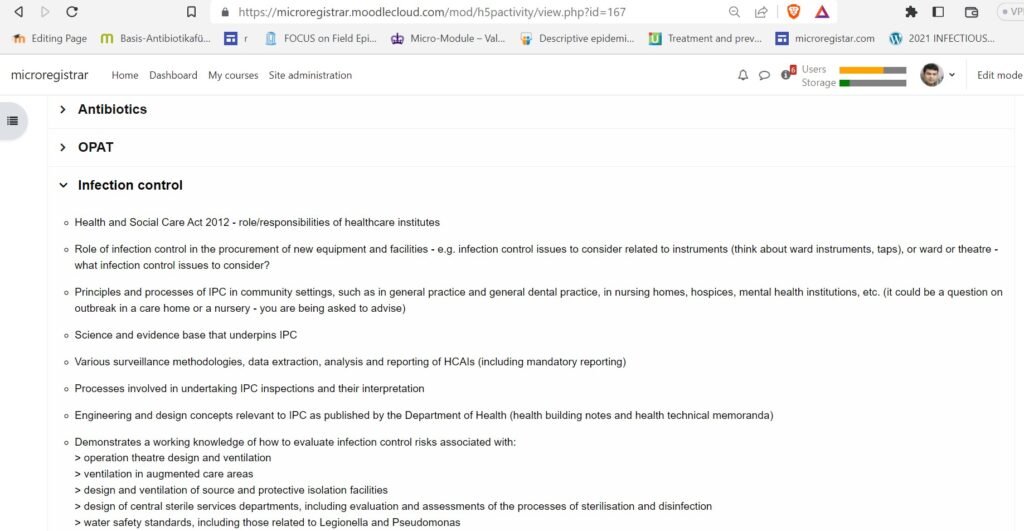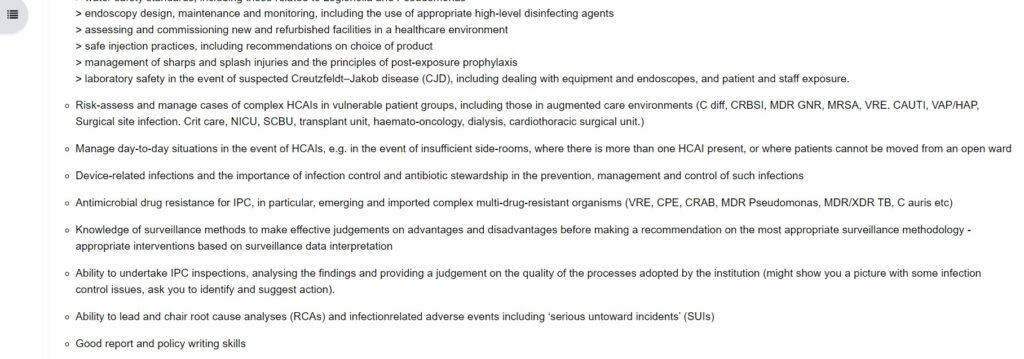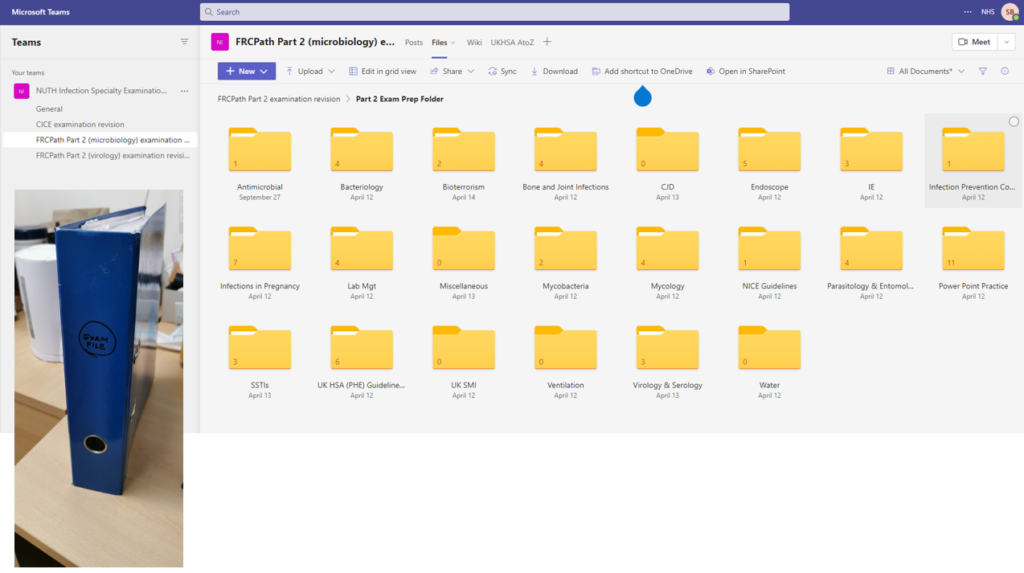FRCPath Microbiology Part 2 and Part 1 have a fundamental difference. While part 1 tests your breadth of knowledge and you can pass the exam by reading, memorising and recalling information, part 2 demands a lot more from the trainees.
How much do you need to know? Consider this - when I was preparing for part 2, I was told by my consultant that – "before the exam, you should have more knowledge than any microbiology consultant". That much how you should know - you should be capable of working as a microbiologist on your own in a district general hospital.
You need to be thorough, organised and preferably work with your friends (study as a team) to crack this exam.
How should I prepare?
1 Curriculum analysis
Go through the curriculum and make a reading list for yourself. There are sections in the curriculum -
- Clinical syndrome
- Infection in immunocompromised patients
- Antibiotics
- OPAT
- Infection control
- Research
- Vqccine
- Outbreak etc.
Go through each section and write down what you may want to read. The following image will give you an idea -


Do a GAP-ANALYSIS. Check how much you know from your list. If you know a topic well, mark it green; if you know a little - amber; if you don't know at all - red. Red topics will need more revision compared to green.
2 Collect your reading material
We call it making your examination folder. Gather all your reading material in one place. Those who are from outside UK. You have to, unfortunately, put a little extra effort. You may have to unlearn some of the microbiology that you have known. It is not because they are wrong - it is because they are adapted to the country you are practising. This is a British exam; hence, the questions are made on topics common in the UK. Examiners also expect answers based on UK practice. For example - do not expect a huge amount of parasitology or complex community-acquired mycology infections, but expect a lot of infection control.

Your reading materials should be mostly UK-based materials - guidelines, books etc. You can get US/EU guidelines, but there might be subtle differences that you need to be careful about.
3 Learn about the exam
Read RCPath guidance properly, and know the exam. Speak to as many people as possible who took the exam recently. Ask them how they prepared, but remember, everyone is different, so what might have worked for them may not work for you. Take only that advice which may help you.
Use the Facebook group, chat or WhatsApp group to network.
4 Prepare extensively
If you are in the UK, ask all of your consultants to make questions for you. You will have a free question bank. Ask one or two consultants if they can check your answers.
Examiners are told that SAQ and OSPE should be answerable in 6-8 min, while long questions 15-20 minutes. Keep this in mind. Give a little less time to yourself while practising answering.
Make a group – not a large one, 2-3 people max. Share topics, make questions, test others, and use teams/WhatsApp to discuss.
If you are in the UK, pay attention to day-to-day practice and when a consultant is teaching you. These are made into questions. Make sure you validate what you learned in the ward/teaching by reading books/reviews/UpToDate
Learn a little extra – if you discussed Lyme disease treatment in a pregnant patient – learn what to do in a child, in neuro involvement, investigations etc. Make your own note.
Beware of neglected areas – these are the areas we don’t like and hence don’t read. Clinical areas are exciting and tend to draw attention. Make sure to read – lab validation, graph interpretation, the uncertainty of management, ventilation, water-related issues, decontamination, laundry, medical statistics, food microbiology etc.
Questions are now becoming problem-based. My suggestion is when you are reading a topic, imagine managing a patient or a situation. For example - if you are reading Leptospira - consider
- What risk factors and clinical features, if present, would you consider Leptospira infection?
- What will be your differential diagnosis?
- What investigation(s) would you request for this patient? Do not for reference lab investigation and typing.
- What treatment would you suggest?
- Do you need to inform public health and/or infection control
- What infection control measures would you take? How would you manage the contacts (if relevant)
- Is there any secondary prophylaxis? (or primary prophylaxis)
- What are possible complications?
You should discuss this in your study group and make notes.